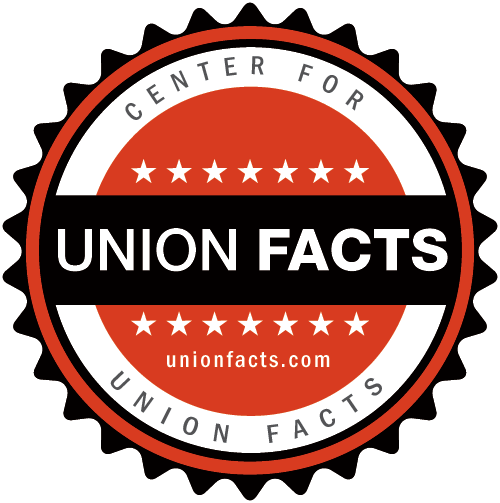Eliminating Secret Ballots
Currently, if a significant proportion of a company's employees sign “authorization” cards seeking union representation a labor organization can petition the National Labor Relations Board (NLRB) to hold an election—an election that is conducted by a secret ballot and overseen by neutral federal regulators.
Under the Employee Free Choice Act's (EFCA) proposed rules the union may seek certification without a private vote once a majority of targeted employees have signed cards. They may also seek a government imposed labor contract on wages, benefits and working conditions. All of this is possible despite well documented evidence that these cards are often signed under coercive or intimidating circumstances and do not represent informed intent.
Unions argue they will still rely on secret ballots if EFCA becomes law. This is highly unlikely.
|
Have 70–75 percent of members sign cards; if unable to reach this goal, review plan.
—New England Nurses Association |
Currently, unions rarely—if ever—request an NLRB election with cards representing less than 65 percent of a company's employees. In fact, many internal union policies explicitly prohibit the practice of going into an election without cards representing 65 percent or more of a bargaining unit.
|
NLRB pledge cards are at best a signifying intention at a given moment. Sometimes they are signed to ‘get the union off my back’… Whatever the reason, there is no guarantee of anything in a signed NLRB pledge card except that it will count toward an NLRB election.
—AFL-CIO “Guidebook for Union Organizers” |
Suggesting that unions would call for an election once they clear the 50 percent plus one bar defies all logic. No one would argue that a union organizer would risk calling for an election—and possibly losing—when he or she has already satisfied the criteria to obtain certification.
More Information:

